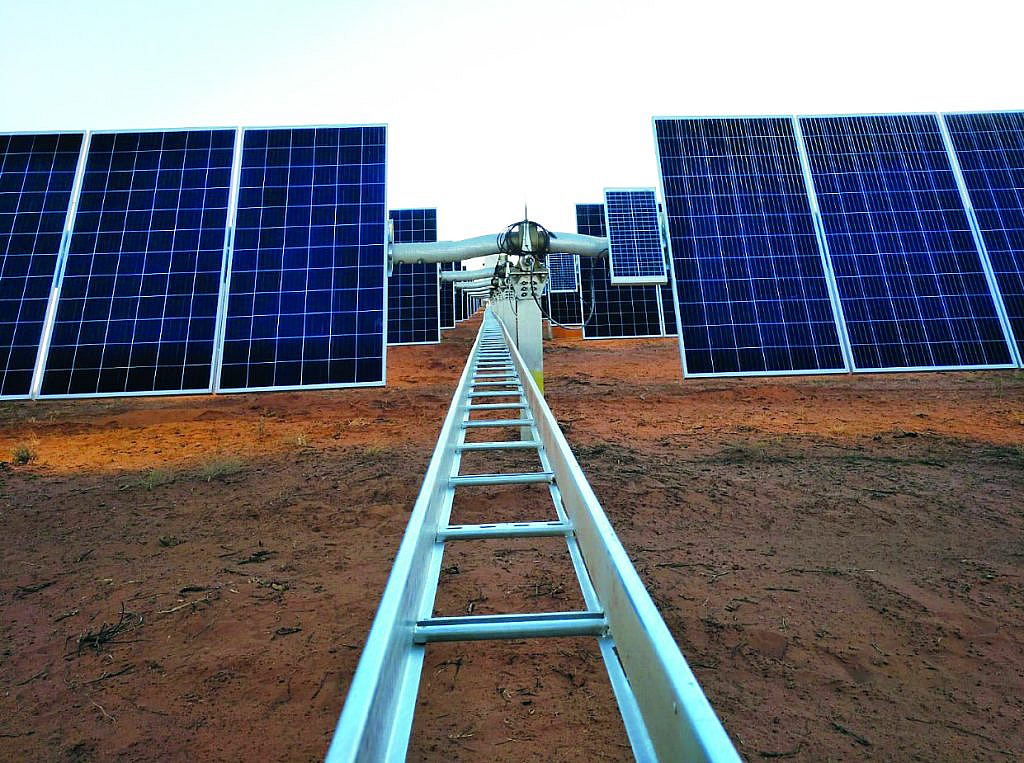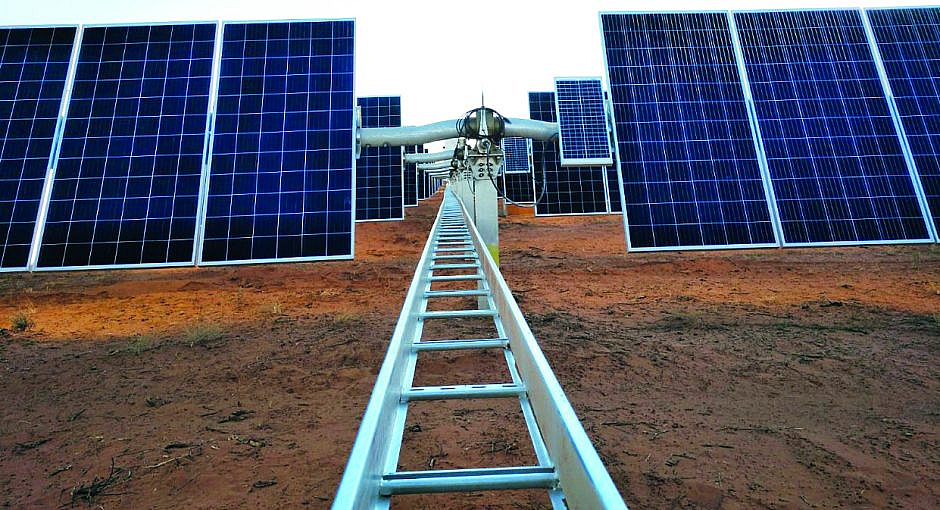Ladder trays are among the most widely used cable tray systems in industrial and commercial environments, prized for their durability, simplicity, and support capacity. They consist of two parallel side rails with crossbars at regular intervals, giving them a ladder-like appearance that allows for effective cable organization, ventilation, and protection in challenging settings. Here, we’ll explore what ladder trays are, their key advantages, and situations where they’re most effective.
Understanding ladder trays
Ladder trays are an open-structure cable support system specifically designed to support cables while promoting airflow around them. This design reduces heat accumulation—especially important for high-voltage installations—and offers easy access for maintenance. Additionally, the open structure helps manage dust and debris buildup, which can otherwise compromise cable performance over time.
Key advantages of ladder trays
- High load-bearing capacity
Ladder trays can support substantial cable loads over long distances without additional support, making them suitable for facilities with extensive electrical infrastructure. - Efficient ventilation
The open structure of ladder trays allows for excellent ventilation, reducing heat buildup around the cables. This is crucial in high-voltage environments, as it minimizes overheating and potential insulation damage. - Easy installation and maintenance
Ladder trays are easy to install, with crossbars that allow for secure attachment points. The open structure also allows technicians to inspect, re-route, or replace cables with minimal effort, reducing downtime. - Durability in harsh environments
Ladder trays are available in durable materials like stainless steel and aluminum, which offer resistance to corrosion, heat, and environmental stressors. This makes them ideal for outdoor and industrial applications.

When should ladder trays be used?
- High-volume cable installations
Ladder trays are ideal for applications involving multiple cables, especially in industrial facilities where substantial cabling is necessary. Their robust design accommodates large cable runs without sacrificing strength. - Long-distance cable runs
Ladder trays support extended cable spans without requiring frequent support points, reducing the need for additional hardware and labor. This is especially cost-effective for facilities with long cable routes. - Heat-sensitive installations
The natural ventilation provided by ladder trays is essential in installations where cables generate significant heat, such as high-voltage power distribution or data centers. - Outdoor or corrosive environments
Ladder trays made from corrosion-resistant materials, like stainless steel or treated aluminum, are ideal for chemical plants, oil refineries, and marine installations. They withstand environmental stress, ensuring cable protection and longevity. - Facilities requiring regular cable access
In settings where cables need frequent inspection, ladder trays provide an accessible and organized layout, simplifying maintenance without disrupting surrounding cables.
For more guidance on selecting the right ladder tray for your installation or to explore our range of durable ladder trays, contact us or visit our website. We’re here to help you find the ideal solution for efficient and reliable cable management.



